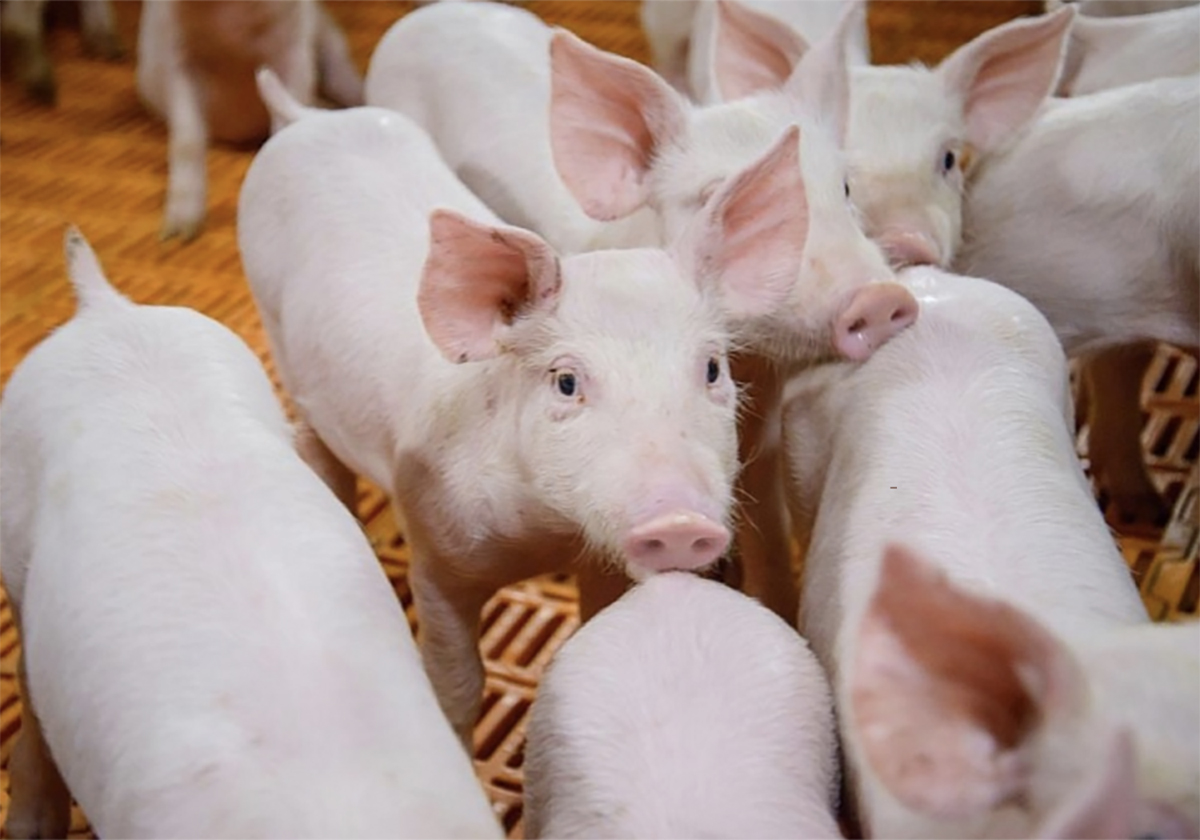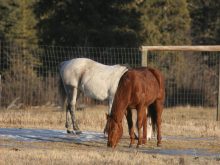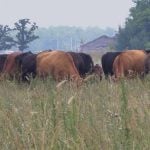In a previous article, I discussed sow mortality as a significant welfare concern and economic cost to many modern swine operations. Each sow mortality can have upwards of $1,500 in real or opportunity costs associated with it.
A 2019 survey of more than 400 sow farms in the United States found that 0.3 to 10.3 percent of sows will be euthanized or die from pelvic organ prolapse (POP is defined as vaginal, rectal, or uterine prolapse) each year, or an average of 21 percent of all mortality on a farm. Unlike cattle and other species, replacement of the prolapse or surgical repair is not possible in a sow, which results in elevated mortality.
Read Also

The Western Producer Livestock Report – August 28, 2025
Western Producer Livestock Report for August 28, 2025. See U.S. & Canadian hog prices, Canadian bison & lamb market data and sales insights.
A large collaborative study underway in the U.S. is evaluating risk factors that contribute to POP. Identifying risk factors for prolapses on farm will lead to further research into mitigation of POP and therefore reduction in sow mortality.
To date, the study has identified a handful of common risk factors in herds experiencing higher levels of POP, including water treatment, body condition, dietary fibre and sow perineal conformation. This last risk factor has been further investigated.
Perineal scoring was undertaken to assess sows that have varying degrees of bulging of the perineum (area around the rectum and vulva). Sows were assessed as they were laying down for how the perineum protrudes and how swollen the vulva appears.
About one percent of sows with a perineal score 1 (PS1, which equates to little to no bulging or swelling) went on to prolapse, while 23.1 percent of sows with a perineal score 3 (PS3, which means moderate-to-severe bulging or swelling) would eventually prolapse.
This stark contrast in apparent risk of POP between PS1 and PS3 sows pushed researchers to investigate other potential differences in these two sow populations. Vaginal swabs and blood samples were collected from sows to compare the vaginal microbiome (bacterial species found in the vagina) and blood biomarkers in PS1 versus PS3 sows. Preliminary results indicate that there are 12 microbial species commonly found in the PS3 sows, which were uncommon in PS1 sows.
There are also an additional 12 microbial species commonly found in PS1 sows that are uncommon in PS3 sows.
While little is known about the sow’s normal vaginal microbiome, the human vaginal microbiome has been studied and there is a shift in microbiome populations associated with pelvic inflammatory disease and bacterial vaginosis. This continues to be an area of research in sows at Iowa State University.
Likewise, blood samples from PS1 and PS3 sows were analyzed for biomarkers of inflammation and blood cell parameters. As predicted, PS3 sows, which were at a higher risk of prolapsing, had statistically higher levels of circulating inflammatory biomarkers than PS1 sows. PS3 sows also had higher levels of circulating stress and reproductive hormones. Blood cell counts revealed a drop in circulating white blood cells (specifically monocytes and lymphocytes) and reduced platelet counts. While this study does not conclusively determine the cause of POP, the blood cell changes will continue to guide researchers into areas of further investigation.
The lower level of specific white blood cells circulating in PS3 sows and some of the inflammatory biomarkers may suggest the sow is re-allocating immune-cells to target tissues to facilitate damaged tissue repair.
Researchers are also looking at the significance of reduced platelet counts, as similar findings in humans and pigs are observed in cases of inflammatory bowel disease. The interactions between the sow’s immune system, blood parameters, circulating hormones, vaginal microbiome differences and the observation of perineal bulging continue to drive areas of research.
For example, it has been demonstrated that when tissues are damaged by bacteria (or other factors such as trauma or toxins), the inflammatory process includes cells releasing chemicals that cause swelling. This could explain the swelling observed in PS3 sows.
While current research into POP has not brought any actual solutions to the swine sector yet, we are starting to understand that there are measurable differences in sows that exhibit varying risk levels of prolapsing. Differences in vaginal bacterial populations, inflammatory markers, and blood cell counts will certainly be an area of future research.
Blaine Tully is a veterinarian and owner of Swine Health Professionals Ltd. in Steinbach, Man.

















